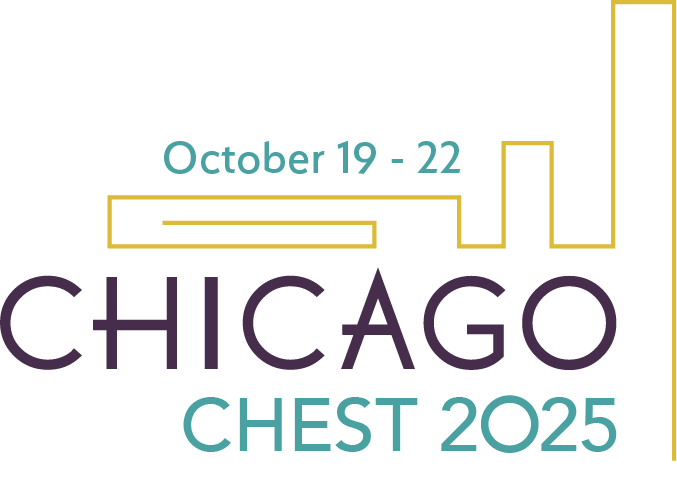
Among individuals with uncontrolled mild asthma despite treatment with a short-acting β-agonist (SABA) with or without a low-dose inhaled glucocorticoid or leukotriene-receptor, the use of as-needed albuterol and budesonide reduced the number of severe exacerbations more effectively than the use of as-needed albuterol alone, results from a recent large trial showed.1
“This study adds to the growing body of evidence that reliever medications in asthma should contain an anti-inflammatory component,” the study’s first author, Craig LaForce, MD, Medical Director of North Carolina Clinical Research, Raleigh, said.
For the virtual, home-based, decentralized trial known as BATURA, researchers at 43 sites in the United States randomly assigned 2,421 patients aged 12 years or older being treated with medications recommended for mild asthma but with uncontrolled disease to one of two treatment arms: 1,209 received as-needed use of a fixed-dose combination of 180 μg of albuterol and 160 μg of budesonide (the FDA-approved Airsupra inhaler from AstraZeneca), and 1,212 received as-needed use of 180 μg of albuterol only for 12 to 52 weeks. The primary end point was the first severe asthma exacerbation, assessed in a time-to-event analysis, in the on-treatment efficacy population, and the key secondary end point was the first severe exacerbation in the intention-to-treat population. Secondary end points included the annualized rate of severe asthma exacerbations and exposure to systemic glucocorticoids.

The mean age of the study population was 42.7 years, 97.2% were 18 years old or older, 68.3% were female, 70.1% were white, 18.1% were Black, and the remainder were from other racial or ethnic groups. At baseline, the mean Asthma Impairment and Risk Questionnaire (AIRQ) score was 4.8, and 74.4% of participants were using only a SABA.
Researchers stopped the trial early for efficacy after an interim analysis showed a significant reduction in severe exacerbations. In the on-treatment efficacy population, a severe exacerbation occurred in 5.1% of the albuterol-budesonide group, compared with 9.1% in the albuterol group (hazard ratio 0.53; 95% confidence interval [CI], 0.39 to 0.73), P < 0.001). Similar results were observed in the intention-to-treat population, with severe exacerbation rates of 5.3% vs 9.4%, respectively; 0.54; 95% CI, 0.40 to 0.73; P < 0.001). Meanwhile, the albuterol-budesonide group experienced a lower annualized rate of severe exacerbations compared with the albuterol group (0.15 vs 0.32, respectively), as well as a lower mean annualized total dose of systemic glucocorticoids (23.2 vs 61.9 mg).
“Although not the focus of the study, I found it surprising this group of subjects had such poor asthma control as reflected by their mean AIRQ scores (4.8) upon entry to the study, despite therapy for mild asthma,” Dr. LaForce said. “The other surprise finding was the magnitude of the effect that albuterol-budesonide had on exacerbations. Previous studies in patients with more moderate to severe asthma demonstrated a 26% reduction in exacerbations with albuterol-budesonide reliever, while our milder population had a 47% reduction.”
In other findings, the overall incidence of adverse events was similar in the albuterol-budesonide and albuterol groups (42.2% and 43.5%, respectively) and consisted mainly of upper respiratory tract infection, COVID-19, and nasopharyngitis.
Kevin Fussell, MD, a pulmonologist with Scripps Memorial Hospital Encinitas who was not affiliated with the study, said that the addition of albuterol-budesonide relievers for rescue therapy “has been a paradigm shift in the treatment of asthma.”
“The real question is not if this is a good idea, but why did it take so long to have a rescue therapy that actually addresses the underlying inflammatory component of asthma symptoms?” he said. “In 2019, Global Initiative for Asthma guidelines started recommending against using a SABA alone as rescue therapy, but before Airsupra there wasn’t a combination inhaler available. Airsupra filled the void.”
The researchers acknowledged certain limitations of the analysis, including that about 19% of the study participants were lost to follow up and that it lacked children and enrolled a small number of adolescents, which limits generalizability of the trial findings to these age groups.
However, Dr. Fussell said that the data set for Airsupra, including findings from both the BATURA and MANDALA studies, the latter of which enrolled patients with more moderate to severe asthma, “gives me the confidence to generalize its use to all asthma patients who come in my office. I’m confident in its effectiveness and safety profile.”1, 2
References
1. LaForce C, Albers F, Danilewicz A, et al. As-needed albuterol-budesonide in mild asthma. [published online ahead of print May 19, 2025]. N Engl J Med. doi:10.1056/NEJMoa2504544.
2. Papi A, Chipps BE, Beasley R, et al. Albuterol-budesonide fixed-dose combination rescue inhaler for asthma. N Engl J Med. 2022;386(22):2071-2083. doi:10.1056/NEJMoa2203163.
